A young man’s livelihood is put to the test when he gets profiled and stopped by the police on his way home from practice.
Search Results for: Cars
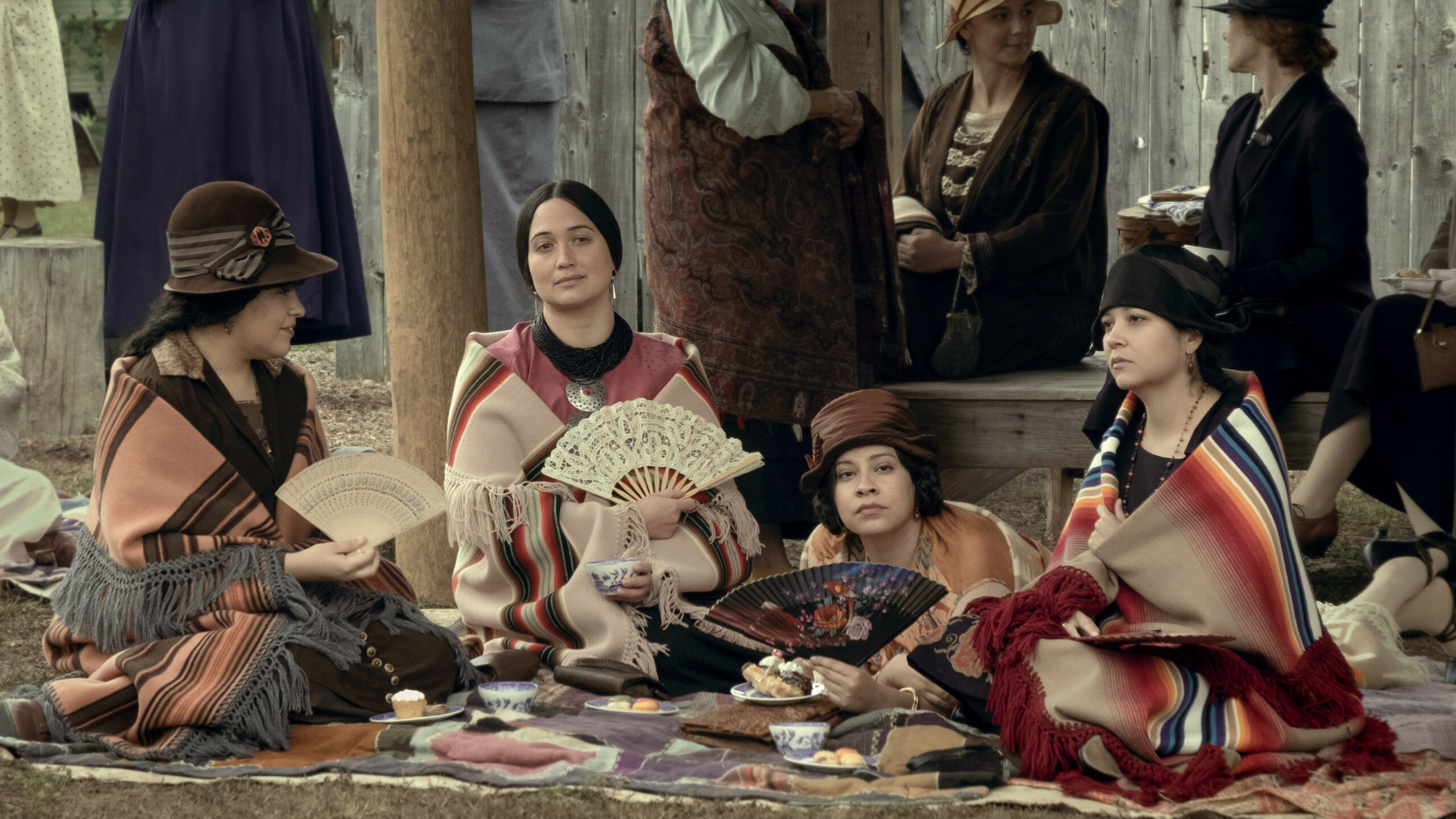
January 2024
Q&A with Martin Scorsese
There’s a lot of complexity there. Did you really see it as love story? I kept questioning whether he loved her.
Absolutely. And her too. How much did she know? She must have sensed something.
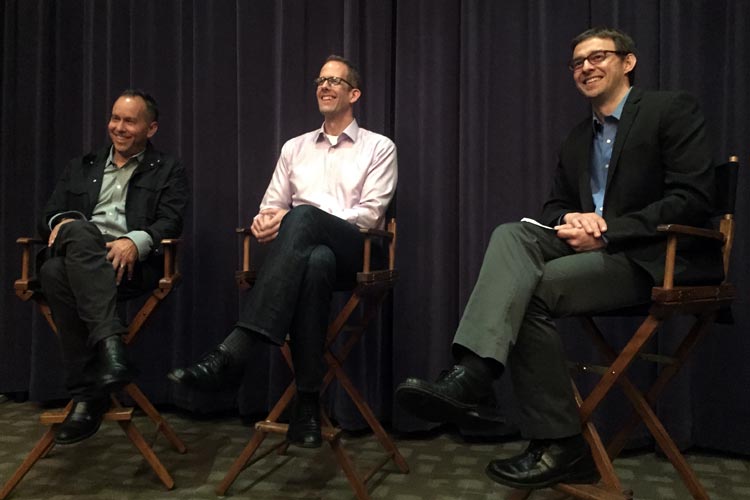
June 2015
Q&A with Jonas Rivera and Pete Docter
How did you develop the particular visual language of this film?
It was really challenging. There were things that we felt were important early on that ended up boxing us in.

October 2019
Q&A with James Mangold and Jenno Topping
Can you talk about what it was like to craft these characters?
James Mangold: I’m a big believer in hanging out. I am not a big believer in rehearsing.
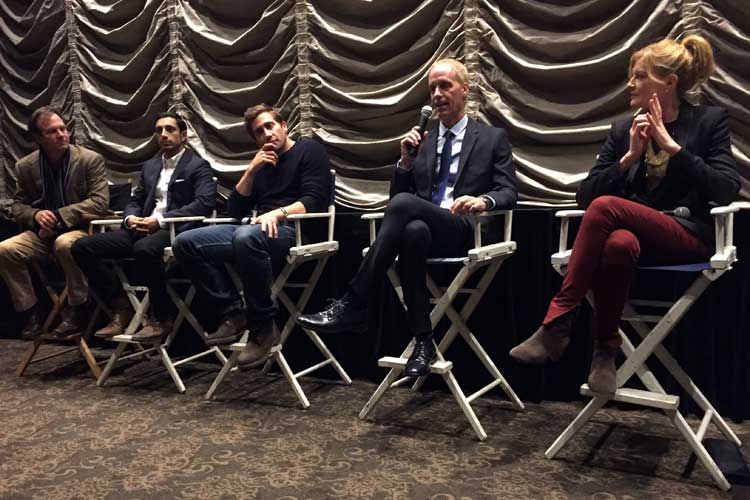
October 2014
Q&A with Jake Gyllenhaal, Rene Russo, Dan Gilroy, Bill Paxton, and Riz Ahmed
How did you come up with this idea, and learn about this world?
The original idea came when I was exposed to the world of Weegee, the New York crime photographer.

March 2015
Q&A with J.C. Chandor, Jessica Chastain, and Oscar Isaac
Mr. Chandor, why did you want to bring this story to the screen?
It was sort of two ideas that ran into each other. There was this core story that I had been working on for many years – probably six or seven years, actually – about a husband and wife who ran a business together.
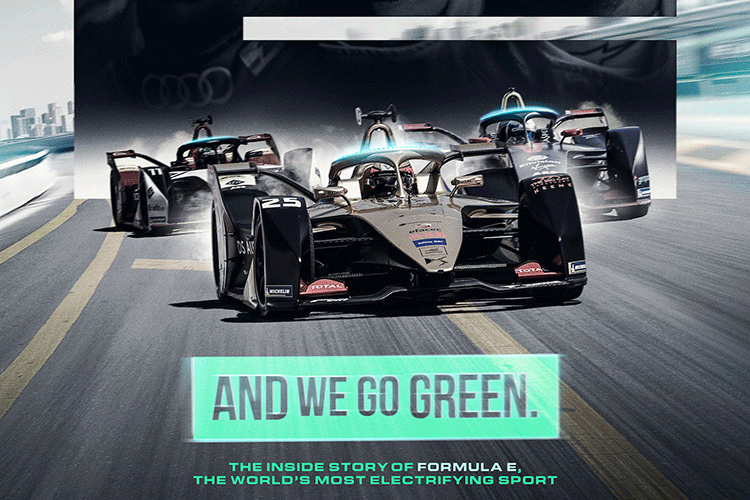
June 2020
Q&A With Fisher Stevens and Malcolm Venville
Fisher, I understand that this film had a pretty unique origin story?
Fisher Stevens: Leo [DiCaprio] called me and told me he was in Brooklyn, and that I should come meet him for lunch at the racetrack in Brooklyn. I told him there was no race track in Brooklyn!
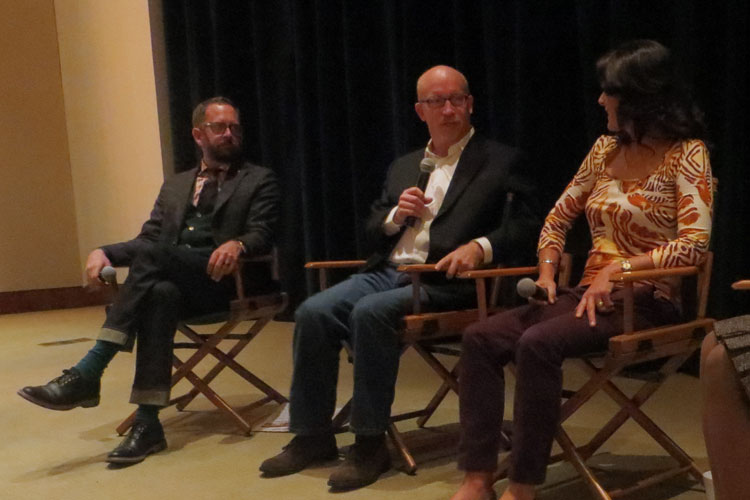
November 2013
Q&A with Alex Gibney, Betsy Andreu, and Jonathan Vaughters
What was involved in the production of making such a visually and sonically rich film?
At the Tour de France we had a full ten cameras, and we were able to put a camera inside the car, sometimes two, and then at every stop along the way we had three cameras in every car.
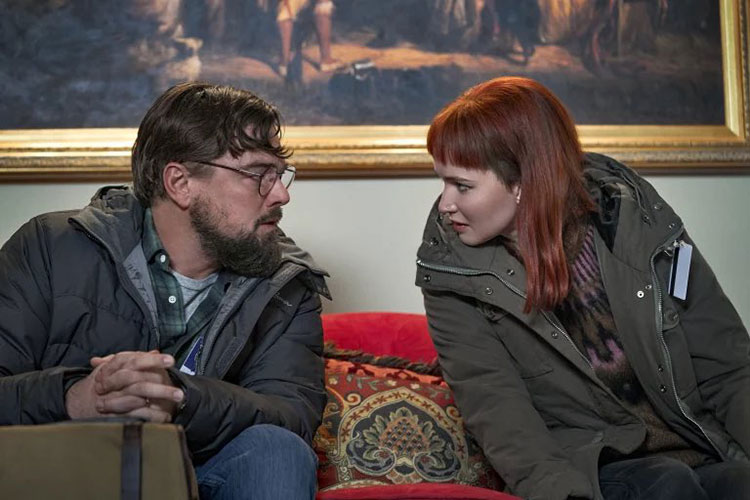
December 2021
Q&A with Adam McKay
How did you arrive at the very specific tone of the film?
Adam McKay: It was always going to have comedic elements to it. But in the editing process, the tone was very tricky.
